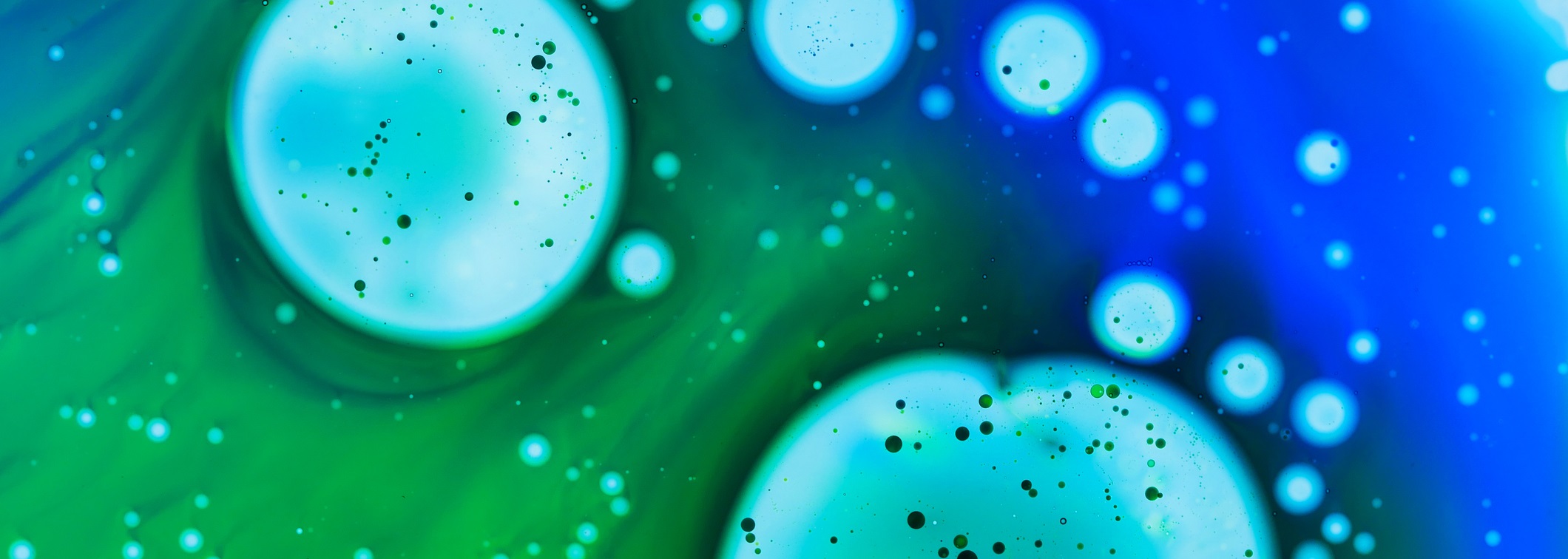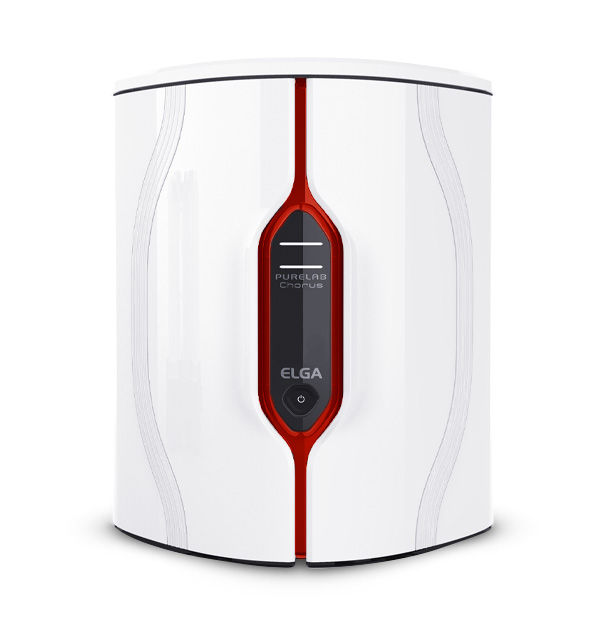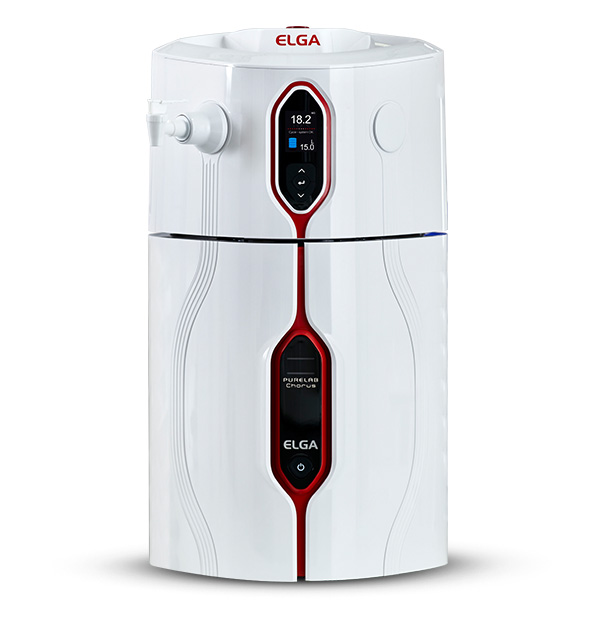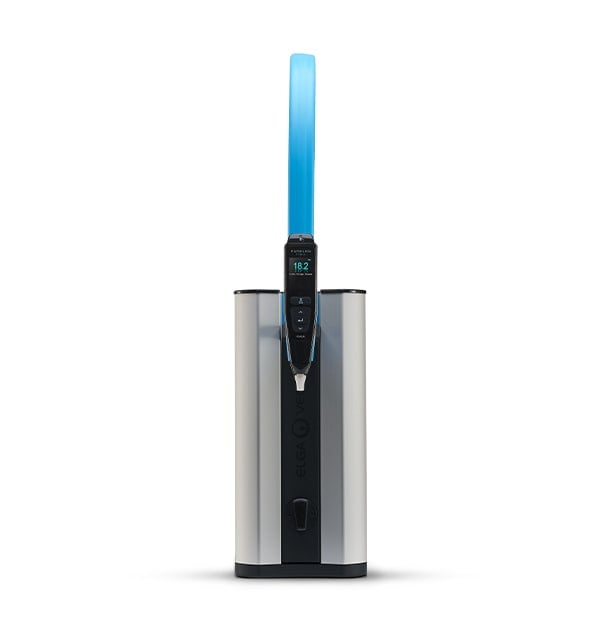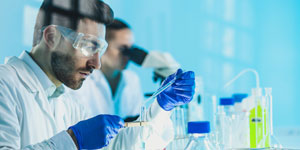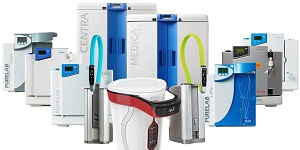Gas Chromatography

What is Gas Chromatography?
Gas Chromatography (GC) is one of the most sensitive and widely used techniques for the separation and analysis of mixtures of volatile (VOCs) or semi-volatile organic compounds (SVOCs).
Gas Chromatography with Mass Spectrometry (GC-MS)
When gas chromatography is combined with mass spectrometry, its power is greatly enhanced. The separated components can be analysed by a mass spectrometric detector (GC-MS) for maximum sensitivity and selectivity.
How does GC-MS Work?
In GC, an inert gas under pressure flows through an inert tube (column). The column itself or an inert filling are coated in a low volatility liquid. A sample is injected into the gas before the column. As it moves through the column, the time taken by each component in the sample to reach the end of the column is governed by its interaction with the gas and the liquid phases. This is dependent on the compound’s properties and can be used to separate mixtures of very similar compounds. Once separated, the compounds can be measured as they emerge from the column by a range of detectors, both non-selective and selective, including mass spectrometers.
What is Gas Chromatography used for?
Gas Chromatography is by far the most common technique used to determine quantitatively one or multiple volatile components in a mixture. Compounds which are stable and have a significant vapour pressure from room temperature up to 300 °C can be measured. If they are not volatile, the components can often be converted into more volatile forms by, for example, derivatization.
What is GC-MS used for?
GC-MS has the advantage that it can provide selective detection of components, reducing the need to fully separate the components chromatographically. It can also provide extra structural and molecular weight information to assist identification.
GC is the technique of choice when analysing materials for volatile organic compounds (VOCs and SVOCs). Its advantages include speed and ease of quantification combined with considerable scope to vary the operating conditions (column length and material, liquid phase and temperature) enabling great separation power. It can also be relatively cheap.
GC-MS offers high sensitivity and selectivity. It is the technique of choice for the analysis of complex mixtures of volatile compounds both for the identification of unknowns and to obtain quantitative data on trace/minor components. The combination of GC and MS provides a great deal of information to help compound identification.
Types of Gas Chromatography
The versatility of gas chromatography has led to a wide range of instrumentation for the different applications. GC columns are often very long lengths of treated stainless steel or quartz tubing coated on the inside with the liquid phase. The temperature of the column is a critical factor and is usually controlled. In addition to direct injection of a liquid sample, alternatives include desorption from an absorption tube and head-space analysis.
Types of GC-MS
There is a wide range of different detectors available. Mass Spectrometry (MS) is the most powerful and flexible; most MS detectors are low resolution quadrupole units, but high-resolution mass spectrometers offer the scope for unambiguous identifications. Widely used detectors include the flame ionization (FID) for most high sensitivity applications and electron capture (ECD) for chlorine- and bromine-containing compounds.
Why water purity matters for GC and GC-MS
Although GC and GC-MS do not generally use much purified water, there are many applications involving the analysis of aqueous samples. These will require water for sample pre-treatment, such as solid phase extraction, for the preparation of reagent blanks and standards or for rinsing glassware. As these are extremely sensitive techniques, the quality of water used is critical. Organic compounds present in the water used in the preparation of samples may increase the background noise and produce extra or enlarged peaks with potentially serious effects on sensitivity and selectivity. Modern software with automatic selection of peaks and background locations is particularly sensitive to unexpected changes in background due to contamination.
Types of contaminants in water that can affect GC and GC-MS results
The principal impurities in water that affect GC and GC-MS are organic compounds and to a lesser extent, ions, bacteria and particulates.
1. Ions
Although GC and GC-MS are less directly affected by inorganic ions the system components can become contaminated. More generally, using water with high resistivity values is a necessary step to ensure the effectiveness of other purification technologies.
2. Organic Compounds
Very low levels of organic compounds in all water used for trace GC and GC-MS are essential. TOC values below 2ppb are highly desirable for the most sensitive applications.
3. Particulates and Bacteria
Particulates and bacteria can also degrade the column and other components over time. Bacteria can also react with some compounds being measured and they can also produce by-products which could interfere.
Minimal organic contamination is essential.
Method | Sensitivity | Resistivity (MΩ.cm) | TOC (ppb) | Filter (µm) | Bacteria (CFU/mL) | Endotoxin | Nuclease | Water Grade |
GC | General | >5 | <50 | <0.2 | <10 | NA | NA | Type II+ |
GC | High | >18.0 | <2 | <0.2 | <1 | NA | NA | Ultrapure Type I+ |
GC-MS | High | >18.0 | <2 | <0.2 | <1 | NA | NA | Ultrapure Type I+ |
How does ELGA solve water purity problems for GC and GC-MS?
ELGA’s expertise and long-established reputation ensures that its experienced team can help customers to determine the particular water purity requirements for their applications. We offer a number of water purification systems that have been proved to meet the requirements for GC and GC-MS. For example, the bench-top PURELAB Chorus 1 analytical research point-of-use system consistently delivers ultrapure water of 18.2 MΩ.cm (Type I/I+) and TOC less than 2ppb, suitable for all the most sensitive applications. General-purpose GC requirements can be met by a number of systems producing Type II+ or better.
Use ultra-pure water for superior GC-MS results
Gas chromatography is a sensitive method for the detection of volatile and semi-volatile organic compounds. It is a widely used method, especially in combination with mass spectrometry due to the good performance and low detection limit of both methods together. Both GC and MS have different variants that can be combined to achieve maximum coverage for different analytical problems. Because of their high sensitivity, it is important to use only solvents of the highest purity for GC or GC-MS. Water is one of the most commonly used solvents for chromatography, but it is also the solvent with the highest potential for contamination.
![]()
Download
GC-MS
White Paper
Find out more about the impact of water quality on gas chromatographic analyses for cancer research, CRISPR gene editing, forensic science and environmental security.
What's inside?
- Details on Ultrapure water in GC-MS analyses
- How water can affect your GC-MS results
- GC-MS can detect metabolic traces of cancer
- CRISPR gene editing and GC-MS
- GC-MS and what it does for forensic science
- The role GC-MS has in environmental security



